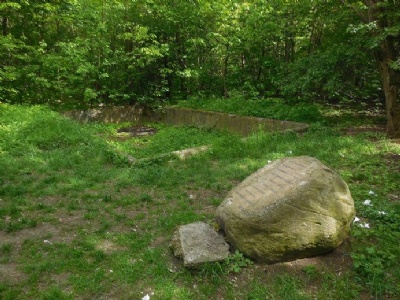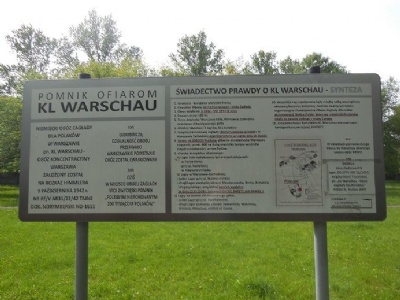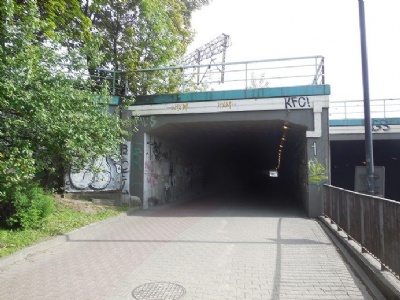Warschau KZ
In May 1943, the Warsaw ghetto was liquidated and laid in ruins. To clean up the razed ghetto a concentration camp named KL Warschau was set up in the summer. Within the camp there was already an existing prison called Gesiowka, but this proved to be far too small. In order to expand the camp with barracks, prisoners were brought to Warsaw from Germany and Auschwitz. When the camp was completed, it had a capacity of about 5,000 prisoners. The commander of the camp was SS-Obersturmbannführer, Wilhelm Göcke, and then, SS-Hauptsturmführer, Nikolaus Herbet. Beside Gesiowka, there were four more camps/prisons nearby Kolo, Bonifratska, Zachodnia I and II which together formed KL Warschau.
In April 1944 the camp was subordinated to Majdanek. In spring 1944, the Germans began to build a crematorium, but even though it was completed in the summer of 1944, it was never used because the germans began evacuating the camp in late July, 1944. Until then, dead prisoners had been cremated outdoors over open fires. About 1800 prisoners who were too sick to be evacuated were murdered while about 4000 prisoners were forced away on a Death march. Eventually the surviving prisoners reached Dachau. Hundreds of prisoners were left in the camp and these were freed in connection with the Warsaw Uprising. Several of these prisoners joined the Polish home army and fought against the germans during the Warsaw uprising. The camp was completely destroyed during the uprising. An estimated 20,000 people died during the camp’s existence.
Current status: Demolished with monument (2015).
Location: 52°13'26.14" N 20°58'05.69" E
Get there: Car.
Follow up in books: Davies, Norman: Rising ’44: The Battle for Warsaw (2004).







Apart from some ruins at Kolo, there is nothing left of the five camps. KL Warschau (Zachodnia) is also rumored having a huge gas chamber (630 square meters) built in a tunnel (Bema tunnel) near the Zachodnia station. Witnesses claim that thousands of Poles were murdered in the tunnel, but the gas chamber is controversial in the sense that it is doubtful whether it existed. Critics argue that the gas chamber design differs from those built by the Nazis because this one was both large and had high ceiling. The gas chambers that the Nazis built in the extermination camps were significantly smaller and had significantly lower ceiling. After the war, the tunnel was opened to traffic. Some theories claim that the ventilation equipment installed to air out of the gas chamber was scrapped in connection with a renovation of the tunnel in the mid-nineties. At the monument at Zachodnia, the camp is called an extermination camp, but this is as mentioned debatable.